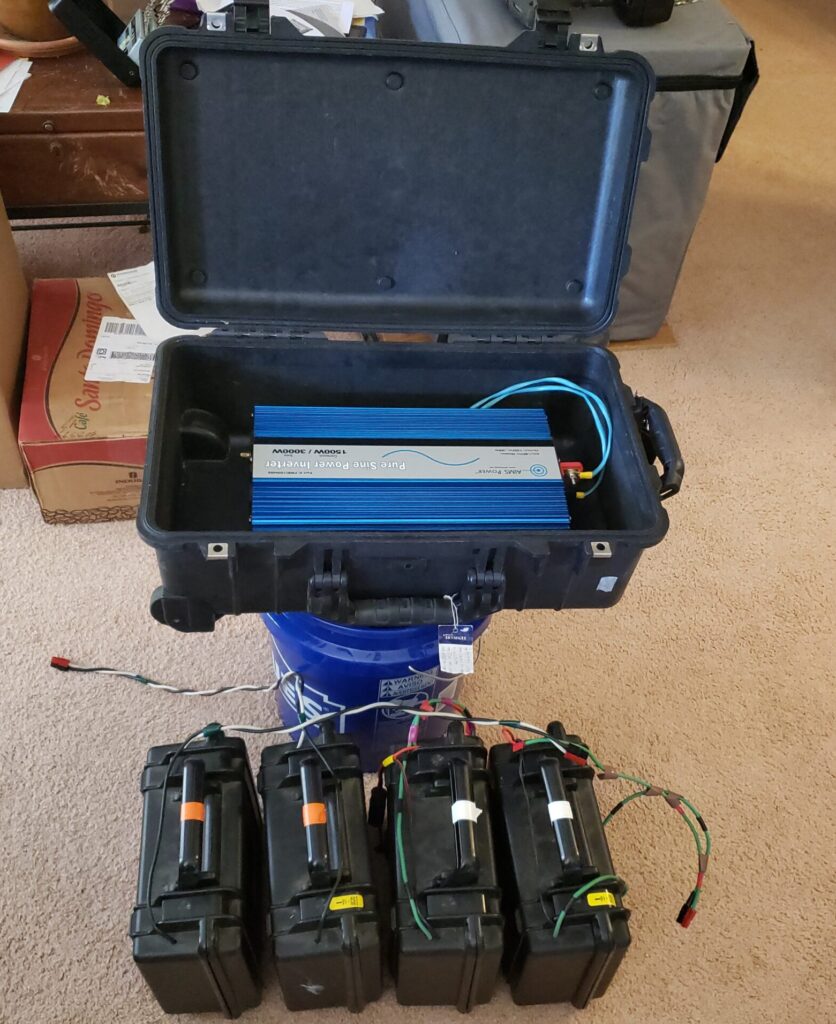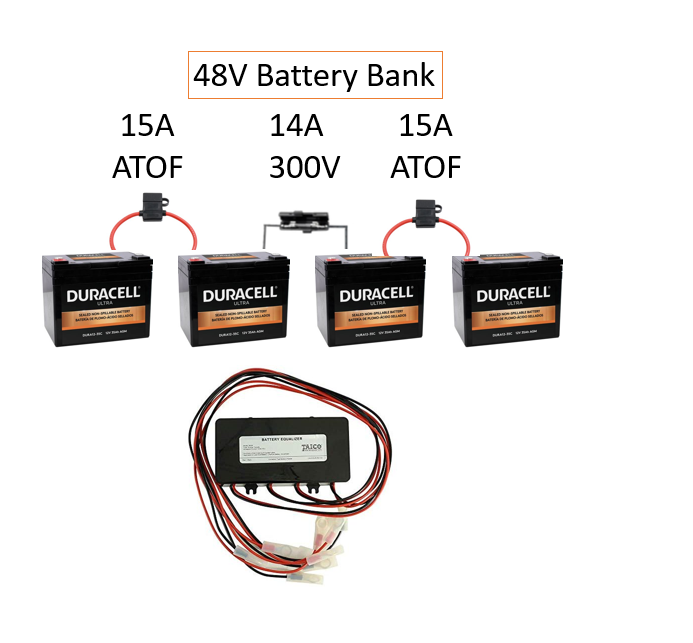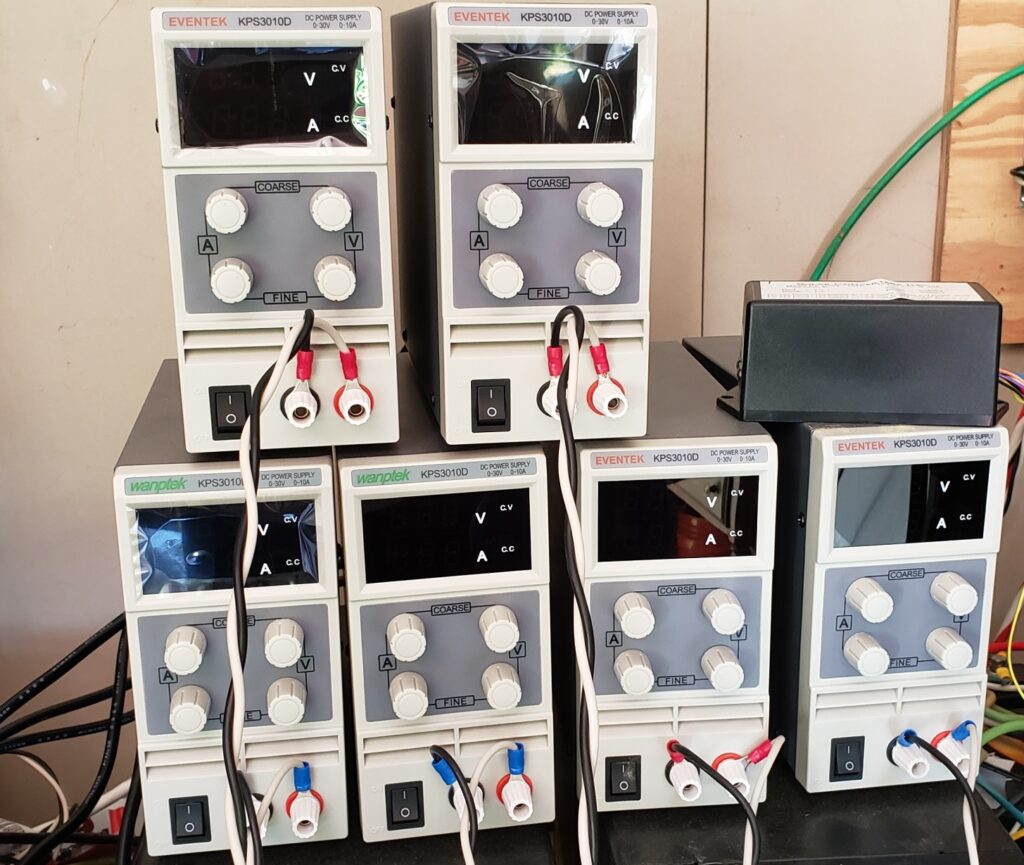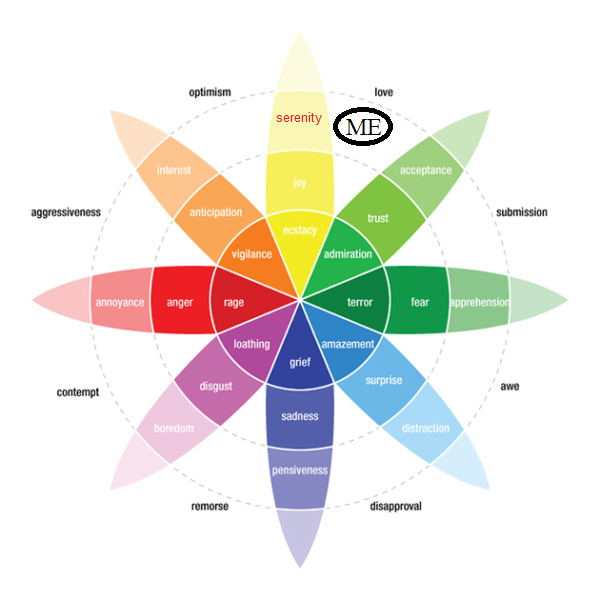Status: Sheltering in place, we have plenty of food and supplies.
Plans: Celebrate Mother’s day and the Lord’s Communion.

- 07:00 Eat breakfast and celebrate Mother’s day.
- 08:00 Prepare for church today.
- 09:00 Shower and Call mom
- 10:00 Church
- 11:00 Build box for Inverter
- 12:00 Nap
- 13:00 News and FB in my Pajamas
- 14:00 Walked the house with a camera
- 5 Tires for Ford Focus
- rake
- Aluminum bar for solar panel
- 15:00 Building 48V cable.
- 16:00 Dinner
Narrative: I’ve built a lot of projects over the years and there’s always something in the project that makes it difficult. For example, I wanted to have a backup power source for a refrigerator, that should be simple enough right? As it turns out (10 years later), it has a lot of variables and significant requirements.

The surge from the compressor starting was probably the largest hurdle to overcome. Inverters are pretty efficient within ranges of power. Less than 200W 12V is preferred, less than 1000W 24V (40Amps) and over 1KW 48 Volts. Keeping the four batteries evenly charged was also an issue which I solved with an equalizer. After weeks of searching I realized that the 32V Automobile fuses I’ve been using for years is not rated for the 56V on a 48V battery bank. In fact most fuses outside the Automotive type are not rated for a DC voltage at all. (3AG/3AB glass fuses) I ended up buying a high voltage fuse holder and ceramic cartridge fuses for the center bridge between the four batteries dividing the 48V battery bank into two 24V batteries. If a failure occurs across the bank, the ceramic fuse (Fast Acting 14A) will open the circuit. If a short happens within the bank then the 20A ATOF 32V automotive fuses will open the circuit.

Another problem that presented itself was trying to evenly charge 24 lead acid battery cells in series. Further, adjustable 48V power supplies over 150W that can reach 56V also are uncommon. I ended up with two 24V bench power supplies that are connected to charge 12 cells each of the 48V battery bank.

Its important that if a fuse opens that the 56V doesn’t appear across the 24V power supply! (Fire!) So each 24V power supply is across two batteries and the fast acting high voltage fuses are BETWEEN the two power supplies!

The last piece of engineering is running this refrigerator from a generator. Yes we could run the generator for 24Hrs a day, but the low power requirement of a fridge doesn’t justify running the engine all the time. A better solution is to run the fridge from a battery and charge the battery with Solar or a generator. My fridge needs about 2200WH/Day which is too little and too much. I have two 35AH 48V battery banks for the fridge, that’s 3360WH of storage for the homestead. The ideal charge current is 1/10C or 7 Amps which would take almost 12 hours to charge them up. 80% can be reached at 6 hours or less. If we size the generator to the load (100% load is most efficient) 7 Amps @ 56V is 400W and the generator should be able to run 7 hours at that power. My five 860VA generators can support 400W for about 5 hours on .4 gallons of gasoline.

Feelings:

Tomorrow:
Injuries: Arguments: Exercise: Feeling words: Travel: Noteworthy: Accmplishments: Purchases: Project: Theme: Engineering: Repairs: Pi News:
From the book “Triggers” by Marshall Goldsmith
Did I DMBT make my wife feel loved? Yes
Did I DMBT help my wife today? Yes
Did I DMBT be happy? Yes
*Did My Best To